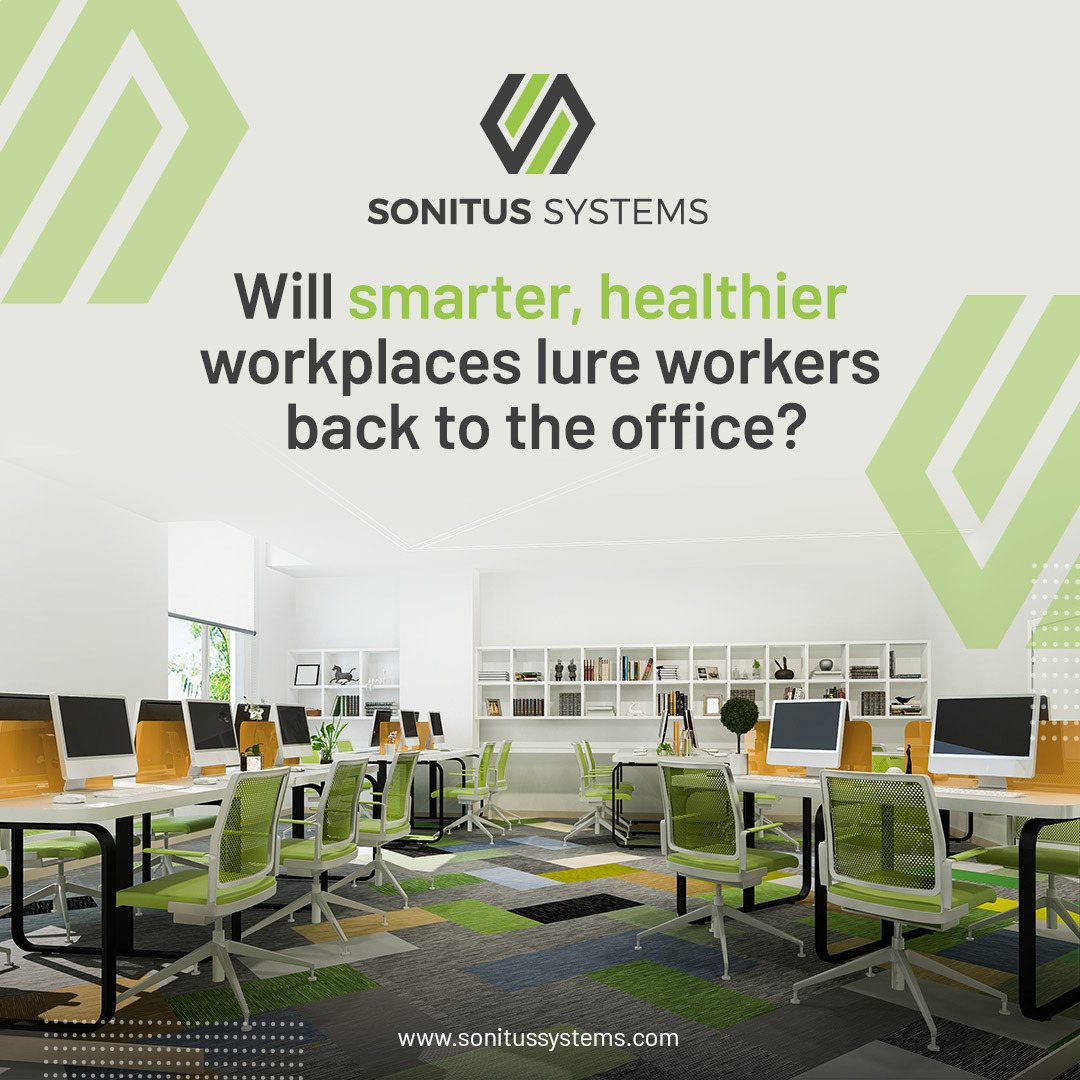Earlier this week, the World Economic Forum published an article titled: ‘Smarter, healthier workplaces could lure us back to the office’.
You can read this article in full here: https://www.weforum.org/agenda/2022/07/offices-workplace-technology-environment/
The above article caught our attention for a number of reasons, particularly, the headline. Firstly, do workers need to be “lured” back to the office? And if so, what is this likely to require?
One of Europe’s foremost thinkers on the future of commercial property, Antony Slumbers, has been unequivocal about the threats unhealthy buildings pose to occupants. Speaking on an industry radio show recently, the real estate expert remarked:
“One of the most important things about offices is that we now know – because of the pandemic – that if you put lots of people in a space which is badly ventilated and you insert a virus, you can kill a lot of people. We know this. So buildings can genuinely harm you. And we’ve known this for decades but the last two years have absolutely made us wake up and say ‘hang on, we really need to take it seriously, don’t we?’”
So, what does taking the health of a building and its occupants seriously actually look like?
Right now, companies are revolutionising the way their offices are designed and used in order to lessen the risks for teams returning to the workplace. Technology has a huge role to play in this and building owners and operators all around the world are exploring a wide range of emerging technologies and tech solutions aimed at making buildings smarter, healthier and greener. To understand the difference between healthy buildings and green buildings, check out this recent article by the Sonitus Systems team: https://www.sonitussystems.com/insights/the-difference-between-healthy-buildings-green-buildings/
As a first step, building operators must be in a position to accurately assess and then monitor in real time the current health and performance of the building in question. Examples of health-focused smart buildings tools include sensors to monitor occupancy and track the movement of people within a space. Also, monitoring and improving air quality and ensuring adequate ventilation has become an overarching priority for building operators. Indoor air quality, or IAQ, has been a critical part of the Covid-19 safety conversation and Sonitus Systems’ cloud-based monitoring ensures access to real-time, actionable insights for building occupants.
In a recent interview with Eco-business.com, Clement Cheong, SP Digital’s vice president of sales and customer operations, confirmed that “workers want to have visibility into IAQ and the building’s measures to monitor and improve IAQ. Even though occupants may spend less time in the office, they want a better, healthier indoor experience”.
Also, given the relative quiet of people’s homes and home offices compared to most busy workplaces, monitoring and taking steps to manage noise within the buildings is another priority when it comes to making the office attractive for returning team members.
Finally, the following checklist for a healthy building might prove useful for facilities managers dealing with this issue: https://www.sonitussystems.com/insights/sonitus-systems-enabling-a-healthy-workplace/
Sonitus Systems offers both the hardware and software for a range of environmental parameters on a continual basis, with real-time information available through our Sonitus Cloud dashboard. For more details on our indoor and outdoor noise and air quality monitoring products and services, please contact the team at https://www.sonitussystems.com/contact/contact
